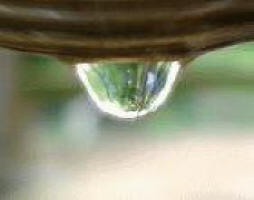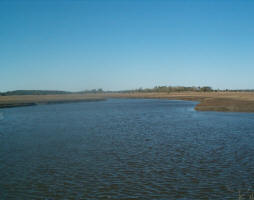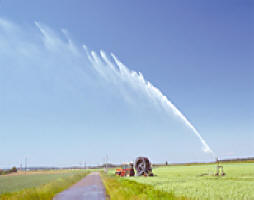Initiatives & Projects
 Sustainability of Mediterranean coastal lagoon ecosystems under semi-arid climate
Sustainability of Mediterranean coastal lagoon ecosystems under semi-arid climate
| Project number | ICA3-CT-2002-10012 | ||
|---|---|---|---|
| Subject(s) | ANALYSIS AND TESTS , no translation available , no translation available , no translation available | ||
| Acronym | COLASU | ||
| Geographical coverage | France, Morocco, Malta, Tunisia, Spain, Portugal | ||
| Budget (in €) | n/a | ||
| Programme | INCO MED (FP5) | ||
| Web site | http://www.colasu.com/ | ||
| Objectives | - Two
coastal protected lagoons in Tunisia and Morocco are subject to pollutions
due to economic activities, waste water stations and agriculture releasing.
Also, they are subject to sanding up due to natural and anthropogenic
action. The aim is to safeguard their protection and to lead the development
of sustainable strategies at a local scale. - It is proposed to understand the lagoon morphodynamic evolution, determine the type and origin of pollutions and their behaviour in the physical environment, and assess the development strategy reducing the pollution risks. An approach using varied disciplines and tools permit to set up scenarios of lagoon morphodynamic and geochemical evolution, to assess the impacts of pollutants on the ecosystem, and to produce guidelines and recommendations in order to help public authorities in the decisions towards sustainable development. |
||
| Results | - The socio-economic problem in El Meleh lagoon (Tunisia) is linked to the
end of the saline working and consequent loss of employment, and to
landscape damage and rehabilitation total cost. The environmental problem is
linked to waste water station releases and lagoon sanding up. - COLASU’s objective is to present guidelines for green tourism development which is an alternative scenario economically sustainable. - The socio-economic problem in Nador lagoon (Morocco) is the risk of unemployment in the fish breeding enterprise, due to lagoon sanding up and salinity increase. - The environmental problem is due to urban release and wastes. - COLASU proposes to furnish pollution evolution scenarios to the local authorities in order for them to prevent further environmental damage. The expected long term economic prospects are: • Protection of employment in Nador • Green tourism development in El Meleh - The scientific expected results of the project are the characterization of morphodynamic processes in each lagoon, the determination of the pollutant elements distribution in space and time, the impact assessment of pollutants, the risks limiting factors inventory. The politico-economical results are public authorities helping tool. The main scientific prospects are to: • Improve understanding of lagoon systems under Mediterranean climate conditions. • Improve understanding of heavy metal behaviour in Mediterranean coastal ecosystems • Present results on the use of ocean-colour data obtained through satellite imagery for lagoon management • Establish interaction between anthropogenic activities and water quality evolution The main technological prospects are the: • Scientific data basis elaboration in order to give information on water and sediment pollution monitoring • Research on the usefulness of data derived from the MERIS (Medium Resolution Imaging Spectrometer) Instrument, on board the ENVISAT satellite, for lagoon monitoring • Decision maker tool setting up (Life Cycle Assessment, Geographic Information System) |
||
| Period | [01/07/2002 - 30/06/2005] | ||
 you are not logged in
you are not logged in





